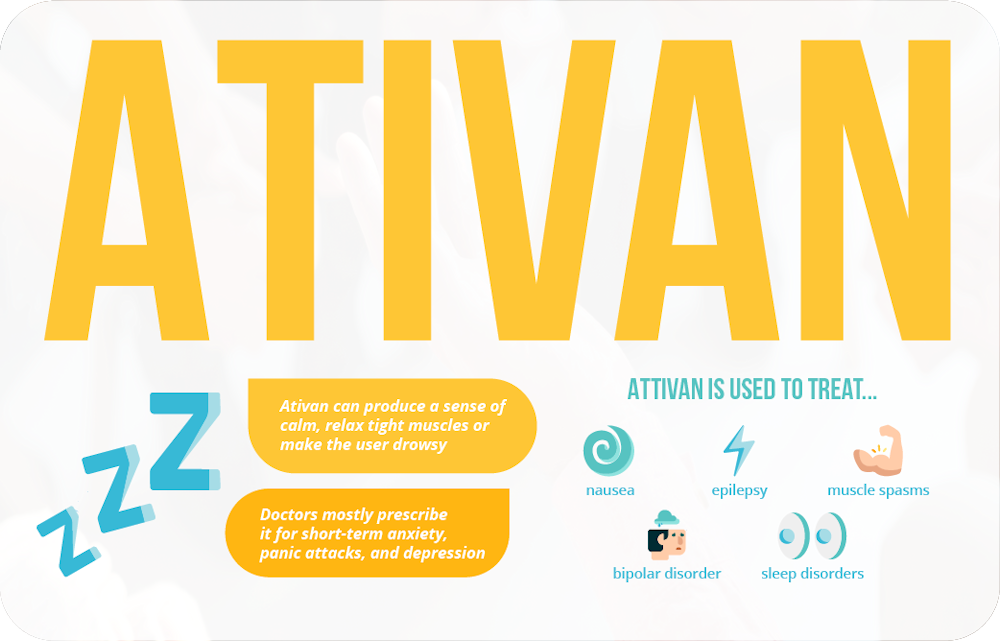Diazepam vs. Xanax: Unveiling the Ultimate Showdown of Sedatives – Discover the Dominance of Mind-Altering Power!
 Image courtesy of Pixabay via Pexels
Image courtesy of Pixabay via Pexels
Table of Contents
Benzodiazepines are widely prescribed medications known for their calming effects on the central nervous system. Among them, Diazepam and Xanax are two popular options that are commonly used to treat anxiety, panic disorders, and other related conditions. While both medications belong to the same class of drugs, they each have distinct characteristics that set them apart. In this curated comparison, we will explore the top five differences between Diazepam and Xanax, shedding light on their binding affinity, indications, half-life, metabolism, and side effects.
Binding Affinity and Potency
Binding affinity is an important factor to consider when comparing Diazepam and Xanax. The binding affinity determines how strongly a drug attaches to specific receptors in the brain. Diazepam binds to gamma-aminobutyric acid (GABA) receptors with high affinity, resulting in a potent anxiolytic effect. On the other hand, Xanax (alprazolam) has a higher binding affinity for the GABA receptors than Diazepam, making it a more potent sedative overall.
Unlock Expert Insights on Sedatives: Subscribe Now!
Stay informed with our newsletter and make informed decisions about Diazepam and Xanax.
Indications and Approved Uses
Diazepam, also known by its brand name Valium, has a broader range of approved uses compared to Xanax. It is commonly prescribed to treat anxiety disorders, seizures, muscle spasms, and even alcohol withdrawal symptoms. On the other hand, Xanax is primarily prescribed for the management of anxiety disorders and panic attacks. While both medications are effective in treating anxiety, Diazepam offers a wider scope of therapeutic options.
“Dive deep into the battle of Diazepam vs. Xanax. Find out which sedative will pack a stronger punch in your journey towards tranquility. #MentalWellness #SedativeShowdown [insert link]”
Half-Life and Duration of Action
The half-life of a drug refers to the time it takes for half of the drug to be eliminated from the body. Diazepam has a longer half-life, ranging from 20 to 100 hours, compared to Xanax, which has a relatively shorter half-life of about 11 to 16 hours. The duration of action for Diazepam is also longer due to its active metabolites, resulting in a more sustained effect. Xanax, on the other hand, has a quicker onset of action but a shorter duration, making it a better choice for acute anxiety and panic attacks.
 Image courtesy of via Google Images
Image courtesy of via Google Images
Metabolism and Elimination
Diazepam undergoes extensive metabolism in the liver, primarily through a process called hepatic oxidation. It is converted into several active metabolites, including desmethyldiazepam and oxazepam, which contribute to its long half-life and duration of action. Xanax is primarily metabolized by the liver through a process called cytochrome P450 3A4 (CYP3A4) in the body. Due to this difference in metabolism, Xanax is cleared from the system more rapidly than Diazepam.
Side Effects and Potential Risks
Both Diazepam and Xanax can cause side effects, which mainly stem from their sedative properties. Common side effects of Diazepam include drowsiness, dizziness, and muscle weakness. Xanax may also cause similar side effects, but it is more likely to cause drowsiness during daytime use. Additionally, both medications have the potential to cause dependence and withdrawal symptoms if used long-term or in high doses. Abrupt discontinuation of either drug should be avoided to prevent serious withdrawal reactions.
 Image courtesy of via Google Images
Image courtesy of via Google Images
Unlock Expert Insights on Sedatives: Subscribe Now!
Stay informed with our newsletter and make informed decisions about Diazepam and Xanax.
Conclusion
In conclusion, Diazepam and Xanax are both powerful medications that belong to the benzodiazepine class. While Diazepam has a higher binding affinity and a broader range of approved uses, Xanax offers a faster onset of action and a shorter duration of effect. Understanding the differences between these two medications is essential for both patients and healthcare professionals to make informed decisions when prescribing or using them. If you are struggling with anxiety or related conditions, consult with your healthcare provider to determine which medication may be most suitable for your individual needs and circumstances.

